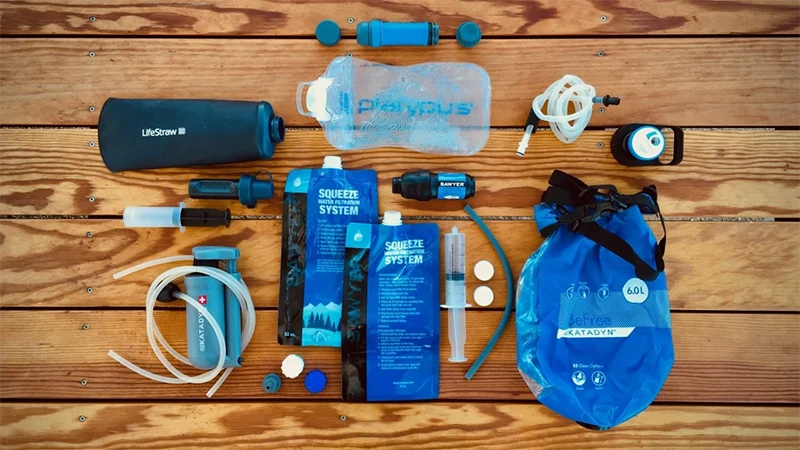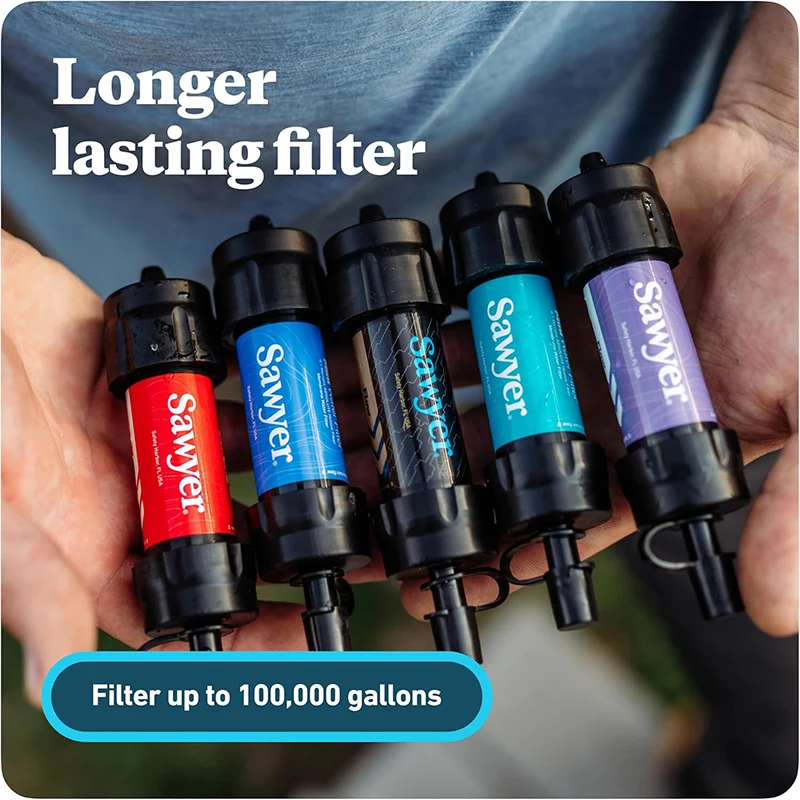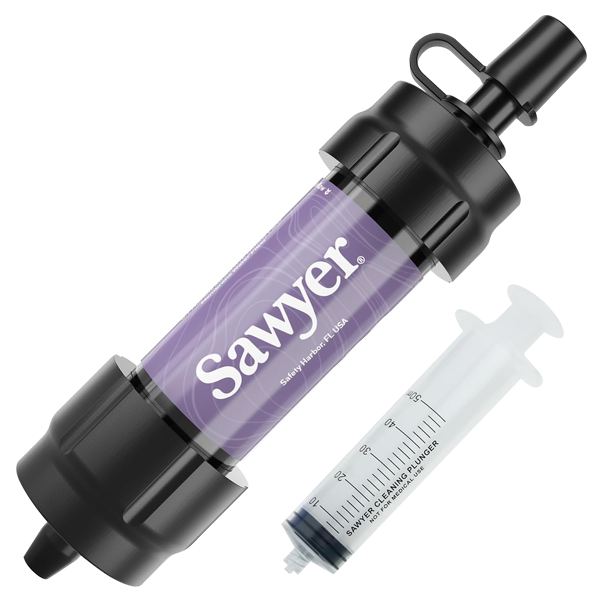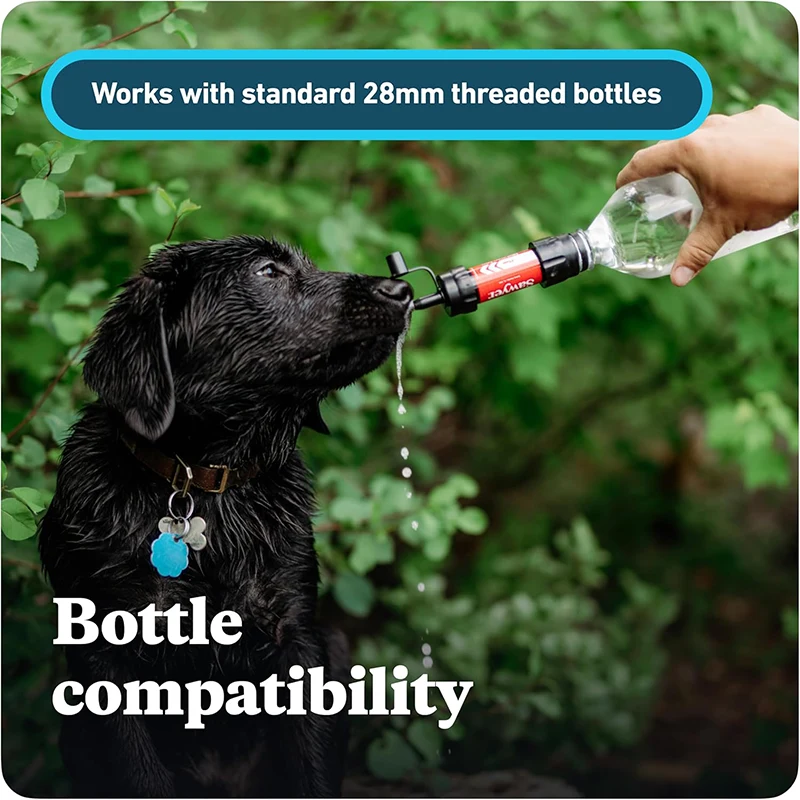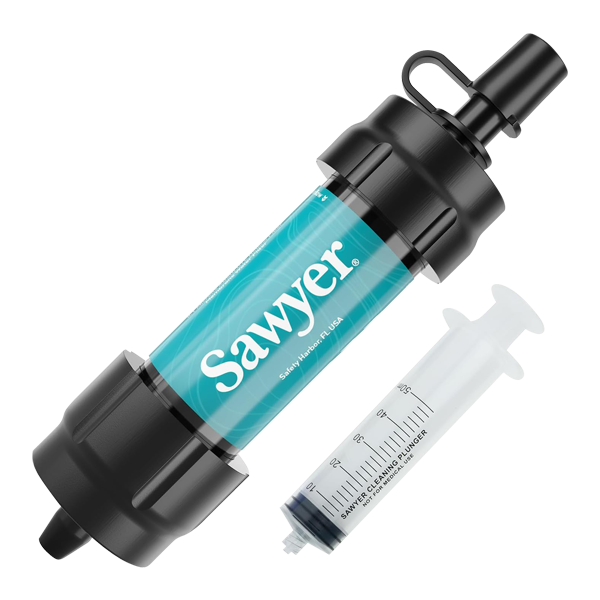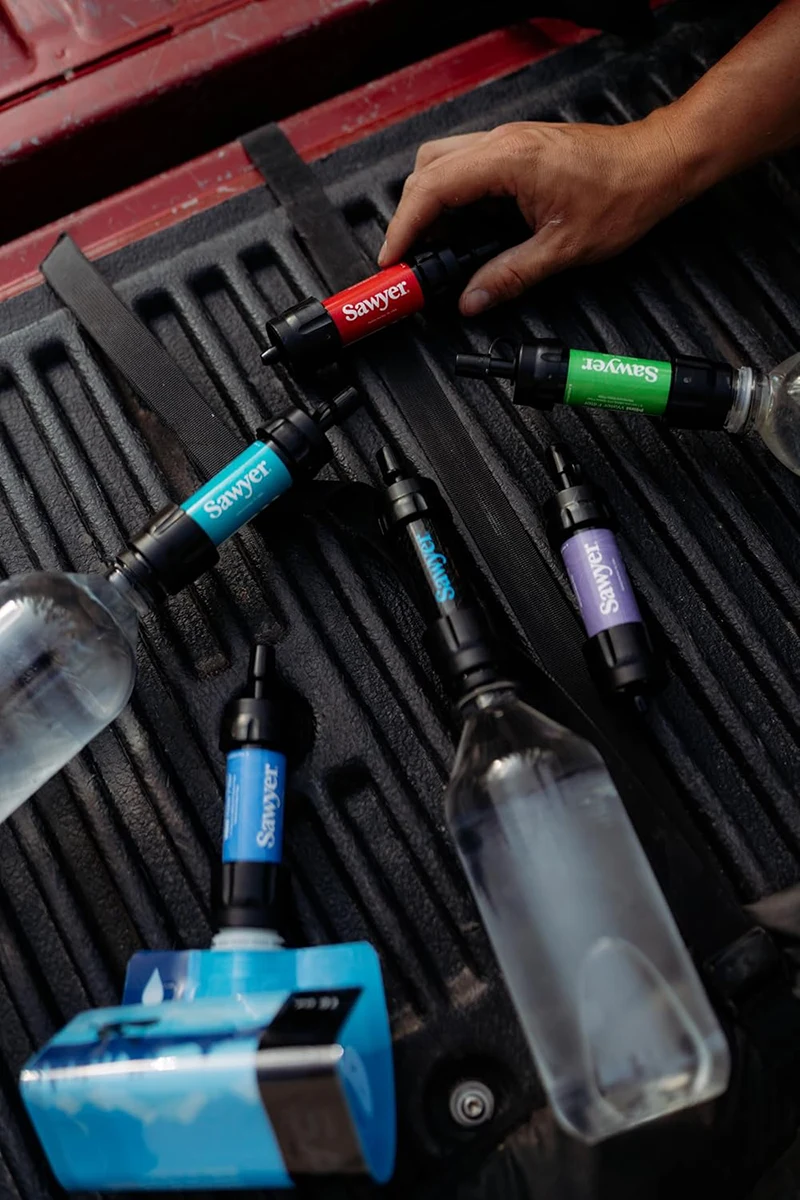

Water Treatment Plants Short On Chlorine
The Oregon Office of Emergency Management (OEM) emphasized that tap water throughout the state remains clean and safe despite a chlorine supply chain interruption affecting regional drinking water and wastewater treatment utilities along the West Coast.
“There are no immediate impacts, and we continue to track for potential changes or needs,” said OEM Deputy Director Matt Marheine. “The public can continue to use water for drinking, cooking and bathing, but may consider limiting outdoor use to extend the state’s current chlorine supply. We appreciate the public’s careful water usage and want to reassure there is no need to start amassing additional volumes of water.”
The chlorine shortage is the result of a major electrical failure recently suffered at Westlake Chemical, based in Longview, Washington. Westlake supplies chlorine to water and sewer utilities in Oregon, Washington, Idaho and Northern California.
The chlorine shortage does not impact all Oregon water and sewer utilities, as some entities have their own on-site chlorine generators or have enough supplies on hand to last through the next several weeks. Based on the most updated information available, this timeframe is projected to be sufficient for chlorine supplies to resume.
If your interested in learning more about this issue, head here.
Soti nan eskwadwon an
Konvèsasyon Kanfi ak kominote nou an, ki soti nan Manm Eskwadwon ak Anbasadè yo nan Brand Patnè ak ekip la Sawyer.




